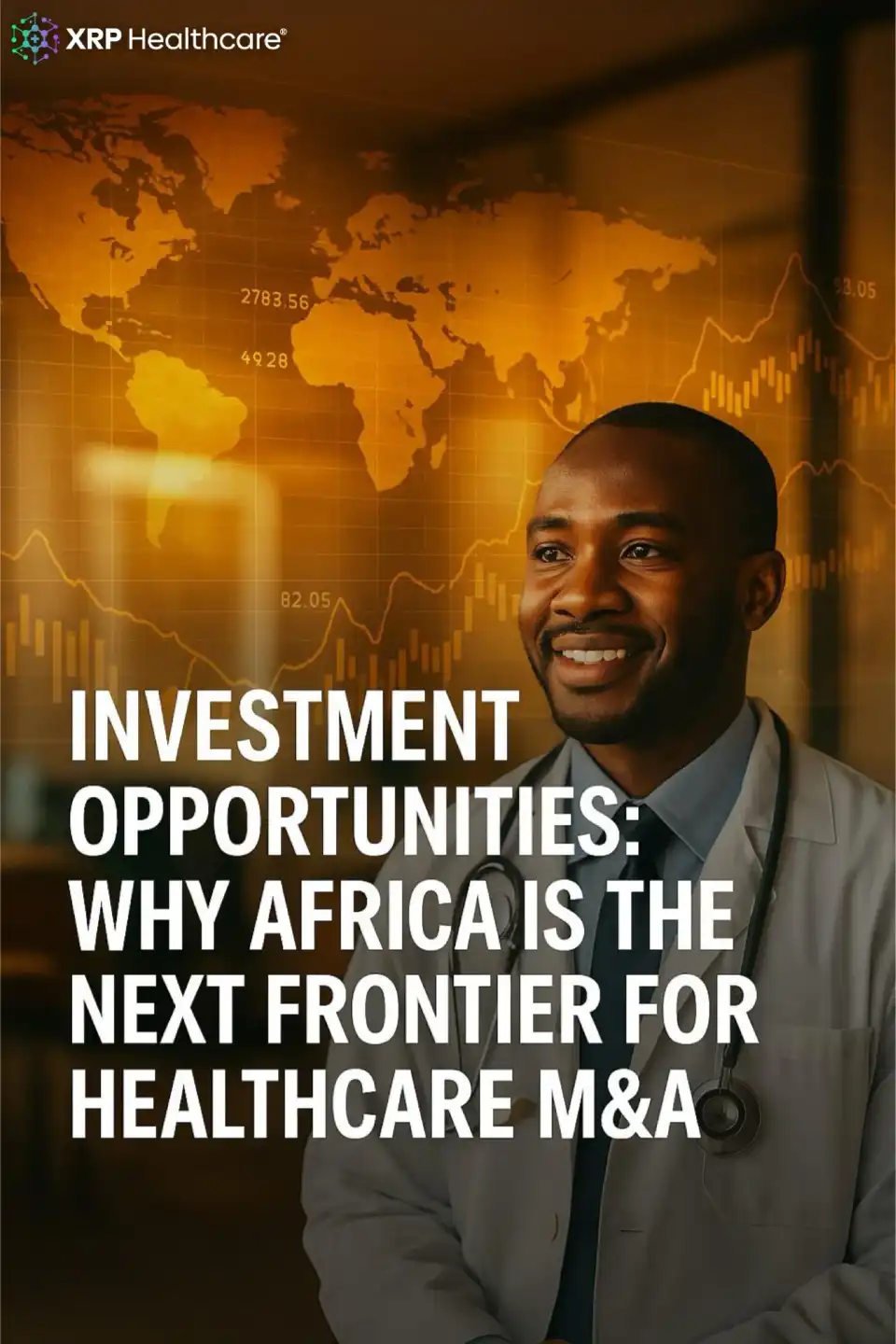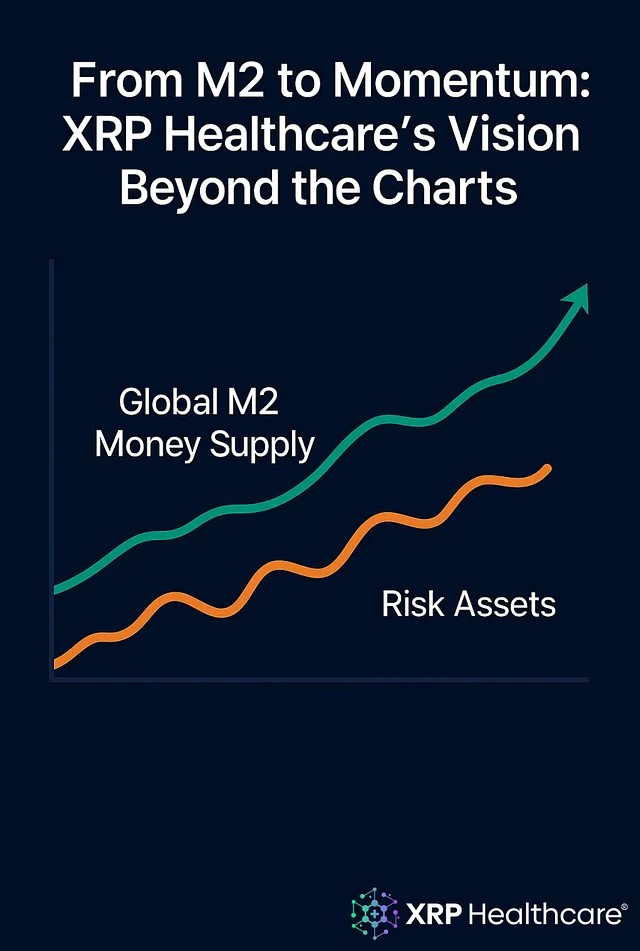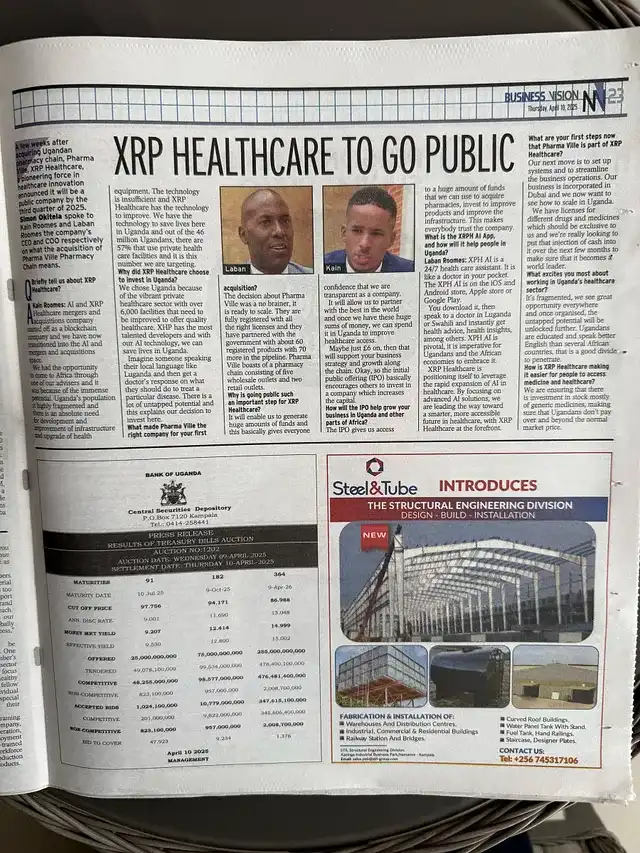Africa is rapidly emerging as a powerhouse for healthcare investment, drawing global attention for its untapped potential. With its population projected to double by 2050, increased urbanization, and a swelling middle class, the continent is ripe for a healthcare evolution. Recognizing this momentum, XRP Healthcare has selected Africa not as a secondary market, but as the core stage for rolling out its ambitious strategy centered on mergers and acquisitions (M&A).
Why Africa Stands Out
According to the World Bank, Africa’s healthcare spending is expected to surpass $259 billion by 2030. Despite this, healthcare services remain scattered, under-resourced, and unevenly distributed—especially in rural communities where essential medication and trained professionals are often out of reach. These challenges present a rare opportunity: to create a connected, efficient, and future-ready healthcare ecosystem from the ground up.
Innovation is already gaining traction across the continent. Companies like Zipline—famous for using drones to deliver life-saving medical supplies—and mPharma—leveraging data to streamline pharmaceutical logistics—are proving how technology can bridge gaps in healthcare access. These initiatives not only attract international capital but also demonstrate scalable solutions for widespread challenges.
XRP Healthcare’s Game Plan
XRP Healthcare is executing a calculated M&A strategy rooted in synergy and smart consolidation. By acquiring pharmacies and clinics that are already operational and profitable—yet often inefficient—the company injects capital, digital infrastructure, and streamlined management practices to amplify their potential.
Their initial acquisition is a licensed pharmacy operation in Uganda, consisting of five wholesale and two retail outlets. Generating over $1.8 million in annual revenue with a healthy 30% profit margin, this business lays the groundwork for a continent-wide rollout. The plan: blend traditional healthcare services with intelligent digital monitoring to build a scalable model.
One of the key innovations being integrated is the Isansys Patient Status Engine (PSE), a wireless system that continuously monitors patient vitals in real time. Especially impactful in underserved areas, this technology enhances diagnosis and care continuity by delivering actionable data outside of conventional hospital settings.
Financial Upside: A Simple Scenario
Imagine a healthcare business in Uganda acquires three pharmacies, each earning around $1 million annually at an 18% profit margin. After centralizing inventory, negotiating better supplier contracts, and applying consistent branding and management, margins rise to 25–28%.
This margin improvement alone could add $210,000 to $300,000 in profit annually—without opening additional stores. It’s a clear example of how optimization can drive significant financial returns.
Following a Proven Path: Goodlife Pharmacy
XRP Healthcare’s approach mirrors successful models like Goodlife Pharmacy, which expanded from just four locations in 2013 to over 70 across East Africa. Backed by LeapFrog Investments, Goodlife’s journey demonstrates how strategic consolidation can attract serious investment and unlock exits through acquisition or IPO.
More Than Profits: The Ripple Effect of M&A
Healthcare M&A isn’t just about financial returns—it’s about systemic improvement. Unified networks benefit from lower drug prices, standardized service delivery, and stronger regulatory frameworks, which in turn lead to better patient experiences and outcomes.
Meanwhile, XRP Healthcare’s XRPH AI App is extending services beyond city limits. This multilingual platform supports rural communities with localized treatment suggestions, symptom checkers, and even image-based diagnostics for skin, throat, and nail conditions.
By decentralizing first-point-of-contact care through AI, XRP Healthcare is not only digitizing services—it’s democratizing them.
On a broader scale, expanded healthcare access leads to healthier populations, greater workforce productivity, and reduced public healthcare expenditures. In other words, it’s not just a healthcare revolution—it’s a catalyst for socio-economic transformation.
Looking to the Future
With its IPO on the horizon and early acquisitions already underway, XRP Healthcare is well-positioned to redefine healthcare delivery across Africa. By combining AI, real-time patient monitoring, and targeted consolidation, the company is shaping a bold, tech-forward blueprint for healthcare on the continent.
Final Take
Africa doesn’t merely need more healthcare—it needs smarter healthcare. Through strategic mergers, innovative tools like the PSE, and AI-driven outreach, XRP Healthcare is proving that scalable, impactful solutions can deliver both profit and progress. This is healthcare evolution with heart—and vision.






